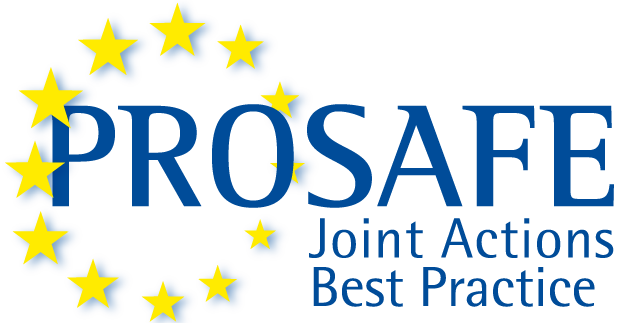Cooperation between national authorities responsible for the assessment, market surveillance and enforcement of the safety of non-food consumer products and the Chinese authority with matching responsibilities (the General Administration of Quality Supervision, Inspection and Quarantine – AQSIQ)
The Joint Action started in January 2012 and finished in December 2013. It was coordinated by PROSAFE. The project leader was the Netherlands. The participating countries were the Czech Republic, Germany, Hungary, Latvia, Lithuania, Norway, Poland, Spain and the United Kingdom.
The primary objective of the Joint Action was to explore how cooperation between European market surveillance authorities and the Chinese export control authorities can increase the efficiency of the European import control and market surveillance.
The activities in the Joint Action led to four major achievements:
- First, the Joint Action managed to build good relations with Chinese key officials. This means that the continuing China outreach activities will have a good platform to build on.
- Second, the Joint Action established a first draft overview of the Chinese export control scheme. The scheme is applied to a number of products including toys and it implies that there is an intense interaction between the Chinese authorities and the manufacturer when a product is designed, manufactured and exported:
- The Chinese authorities will classify the manufacturer based on his ability to manufacture products in a quality that can be exported. The classification will determine the level of inspection that the company is subjected to.
- Next, the manufacturer must present a prototype for the authorities including extensive information about the design and the raw materials used. The authorities will register the toy and test it. Mass manufacturing can only start after approval from the authorities.
- The manufacturer will be regularly inspected during the manufacturing process. An inspection includes checks of the raw material, audits of the quality management system and random tests of the products as appropriate.
- Finally, the authorities will examine the toy when a batch has been produced to see if it is similar to the one that was originally approved. The manufacturer must produce the certificate from the authorities to customs before the goods can be cleared for transport.
- Third, the Joint Action showed examples of the European product safety controls as they are undertaken by the market surveillance authorities and the import control authorities. One result of this was an agreement to establish 3 working groups (WG):
- WG1 that shall study the risk-based approach that many European authorities apply in their market surveillance work.
- WG2 that shall coordinate a number of technical exchanges of test results among laboratories.
- WG3 that shall study what information is necessary to exchange between governments as part of the cooperation between the authorities.
- All 3 working groups will carry out their work as part of the second Joint Action on China that started in July 2013.
- Fourth, the Joint Action produced a first draft protocol for future cooperation activities between European and Chinese authorities. This protocol will form the basis for the work in the second Joint Action on China.
